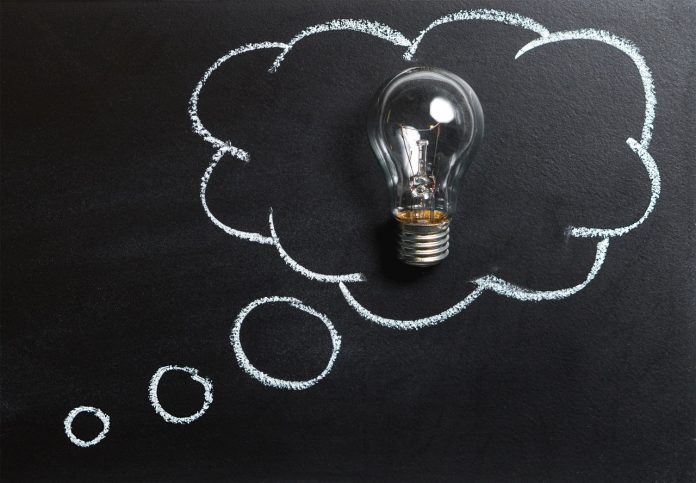“Creativity is just putting things together. When you ask creative people how they did something, they feel a little guilty because they didn’t actually do it, they just saw something. After a while, it seemed obvious to them. It’s because they were able to put together the experiences they had and synthesize new things.”
– Steve Jobs
A Simple Understanding by Steve Job how professionals invent the process of creative imagination was not so far from what science tells us.
Creativity is the process of combining stored data with new information to satisfy human curiosity. To make a creative discovery, all you need is to understand the subject area. Your brain will automatically solve the problem for you!
Sometimes it is not creativity that is lacking, but determination. Albert Einstein said: “It’s not that I’m smart. I just stay with problems longer.” You don’t have to be a genius to make a breakthrough! To innovate like Einstein or Jobs did, you only need one quality. You must have a burning desire to satisfy your own curiosity.
Table of Contents
The 4-Step Process for Generating Creative Ideas
There is a basic four-step creative ideation process that explains how an idea can grow into a billion dollar company. The more familiar you are with it, the more effectively you will follow it.
Phase 1: Accumulation of knowledge
This initial stage is to absorb as much information as possible. This stage is associated with a thirst for knowledge, which you can try to satisfy by reading articles, joining discussion groups, or attending events that educate us in a field of interest to us.
As you process these new concepts, you will have many more questions than you started. It is your brain that tells you which pieces of the puzzle are missing. This is to encourage you to keep getting more information.
As Steven Johnson explains in his study of the pioneers of science: “Ideas are built from self-exciting networks of neurons, clusters of clusters. When we think of a certain concept or experience some new form of stimulus, a complex network of neuronal clusters fire in synchrony.” The more information you feed into your mind, the faster your brain can make new connections from which to generate ideas.
Phase 2: Incubation
With all this newly acquired information, it’s always best to step aside to let it all sink in.
Your subconscious mind knows your goals, desires and needs more clearly than your conscious mind. As soon as you take a break from absorbing knowledge, an incubation period will begin when this information will be transferred to your subconscious mind, which will reorganize and strengthen neural connections.
The brain combines past experience and knowledge with our conscious accumulation of information to find unique solutions to our interests. Based on this, he can identify the gaps and try to work on his own, using the information he has.
As the complexity of finding a solution increases, so does the level of creativity required. If you’re still stuck, it means you haven’t put together enough of the puzzle yet to see the big picture, so the best solution is to go back to the absorption phase and continue from there.
Phase 3: Idea experience
If you’re having trouble transitioning from Phase 2 to Phase 3 of the creative thinking process, there are several proven ways to speed up the transition:
- ponder the idea a little more,
- change your work environment
- engage in monotonous activities to relax your mind,
- solve problems that distract you, and
- write down any thoughts that come to your mind.
These activities will help you relax and clear your mind so that you can extract ideas more easily.
This next phase comes when your mind crosses the gap and you hear the proverbial “Aha!” moment. Suddenly your confusion is cleared up and your clouded thoughts seem much clearer. Once the subconscious mind can piece together a creative solution in a way that makes logical sense, the decision is brought to the conscious mind, where you can then decide on a course of action.
Stage 4: Implementation
During the implementation stage of the creative process, you find ways to implement your idea into everyday life.
Perseverance is key. Every idea worth pursuing is likely to experience temporary setbacks before becoming successful. It will take several attempts to restructure your idea before it takes its final form. In the meantime, start testing your idea, ask your customers for their opinion, and most importantly, don’t let your hunger quench your thirst.
Summing up
There are many different areas of innovation such as event coordination, service improvement, product invention, program writing, and party planning, among countless others.
Once you recognize the creativity of your brain, make a commitment to infuse your ideas into every area of your life. Feeling your own potential, it is quite possible that your words will appear at the beginning of the next article.
Katie Christensen is an undergraduate student at Loyola University Chicago, studying entrepreneurship, and is currently Director of New Business Ventures at Loyola Limited.









































